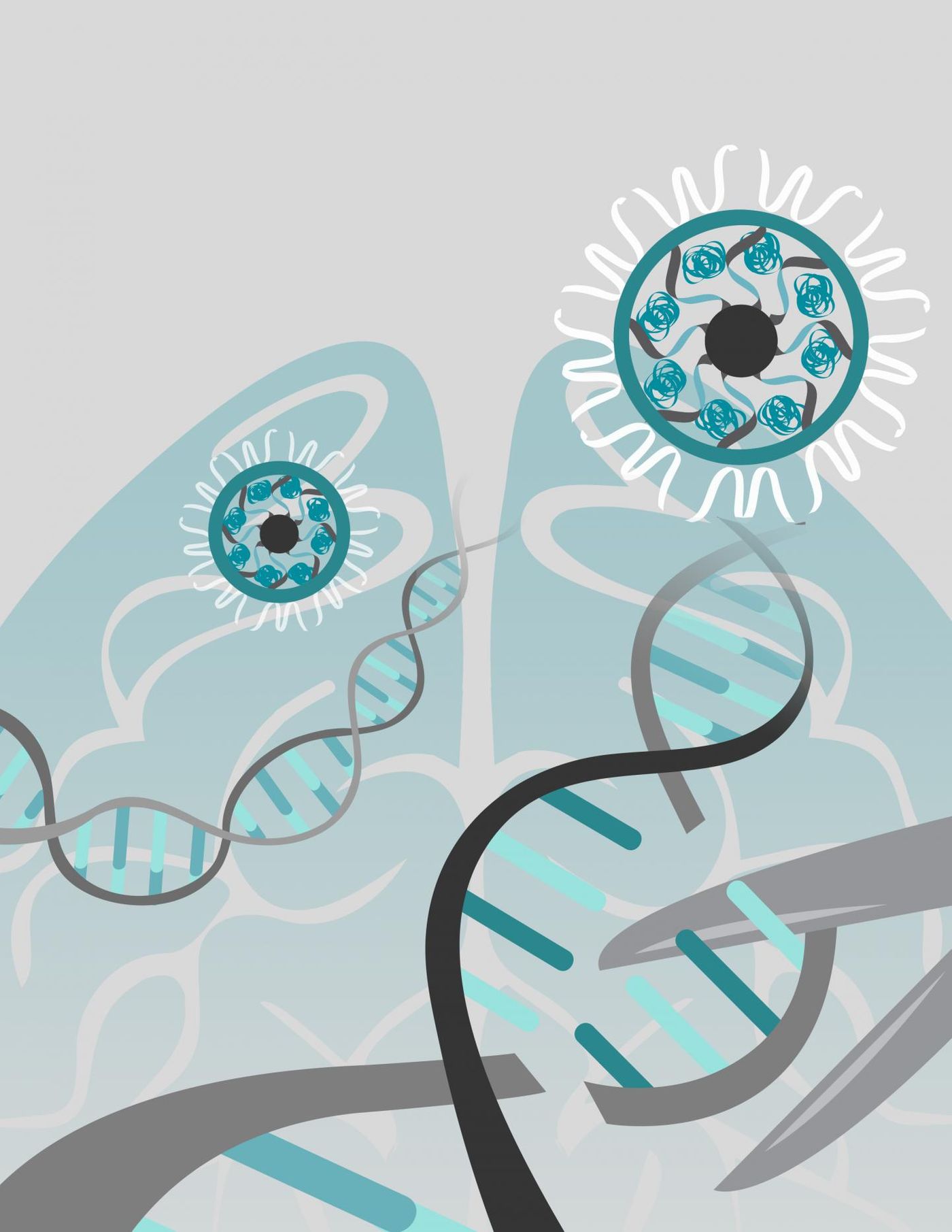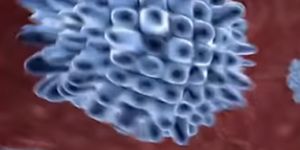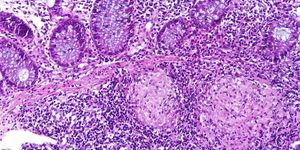Gene-editor Eases Autism Symptoms in Mouse Model
By using a modified form of a revolutionary gene-editing technique, CRISPR/Cas9, researchers have successfully altered a gene in the brain of mice that model fragile X syndrome. The disorder is a type of autism that is caused by genetics, and by using nanoparticles to directly target a part of the brain called the striatum, the researchers reduced some symptoms of autism. Their work has been reported in Nature Biomedical Engineering and is outlined in the following video.
"There are no treatments or cures for autism yet, and many of the clinical trials of small-molecule treatments targeting proteins that cause autism have failed," said study leader Hye Young Lee, an assistant professor of cellular and integrative physiology at the University of Texas Health Science Center at San Antonio. "This is the first case where we were able to edit a causal gene for autism in the brain and show rescue of the behavioral symptoms."
The Cas9 gene editor acts like a pair of molecular scissors, cutting the genome in a place that can be specified with another molecule that works with the Cas9 enzyme, a guide RNA. The scientists took aim at a molecule called mGluR5 (metabotropic glutamate receptor 5) which acts to increase the signals that pass between neurons; it is excitatory. After the Cas9 treatment, the mice reduced their digging behaviors by thirty percent and increased leaping by seventy percent.
This appears to be the first time that gene-editing has been able to ease behavioral symptoms of autism, and importantly, Lee noted, the change is permanent. In addition, the molecules were delivered without using a virus, with a safer technique. Called CRISPR-Gold, the method sends a Cas9 protein and the guide RNA that directs it to its target, right into cells. It makes a few cuts, and then critically, it disappears.
"If you inject CRISPR DNA using a virus, you can't control how much Cas9 protein and guide RNA are expressed, so injecting it via a virus has a potential problem," Lee explained. "I think the CRISPR-Gold method is very cool because we can control the amount we wish to inject and that probably minimizes the side effects of using CRISPR, for example, off-target effects."
”The approach can also be used to treat other diseases if we know the gene target," she added. "This includes many neurological diseases such as epilepsy and the brain cancer glioblastoma."
"Previous attempts by other groups used viral carriers to convey Cas9, which has potential problems because the virus can't be programmed to stop working," said Dr. Bumwhee Lee, a postdoctoral fellow in the Lee laboratory. "This can result in serious immune reactions and cell toxicity."
While it was known that mGluR5 was not properly controlled in fragile X, it had not been directly implicated in behavioral disorders, until this work.
"Before this experiment, we didn't know if the mGluR5 receptor in the striatum was specifically involved in exaggerated repetitive behavior; that is an important biological finding of our study," Lee said.
The researchers are continuing this work. They want to engineer CRISPR-Gold nanoparticles that can be applied directly to the Central Nervous System. That will eliminate the need to make an opening in the skull, and takes the therapeutic closer to clinical trials.
Sources: AAAS/Eurekalert!, University of California, Berkeley, University of Texas Health Science Center at San Antonio, Nature Biomedical Engineering









